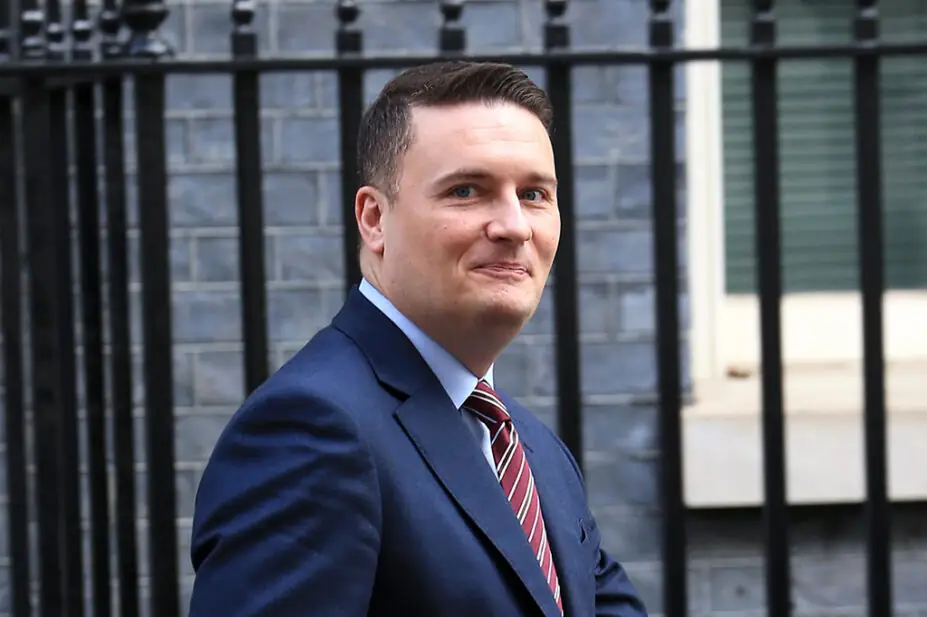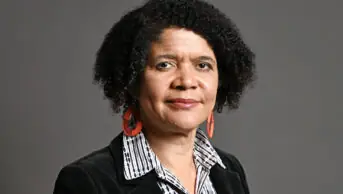
Shutterstock.com
A workforce plan to support the NHS ten-year health plan will be published in autumn 2025, health secretary Wes Streeting has pledged in Parliament.
In a discussion on the ten-year health plan, published on 3 July 2025, MPs from across the political spectrum showed support for the Labour government’s plan, but called for clarification on details and resourcing.
Shadow health secretary Ed Agar asked how the plan would be paid for without funds “being eaten by pay rises and by inflation”, as well as “how the shift will be staffed”.
In response, Streeting said that new technology would drive “big productivity gains in the system” that had previously not been available.
He added that the government would set out a new workforce plan that aligns with the ten-year plan “this autumn”.
Under the previous workforce plan, “if we continued with the rate of growth that they set out, by the end of the century, 100% of our entire country would be working in the NHS”, Streeting said.
But in the new ten-year plan, the government said that “by 2035, there will be fewer staff than projected in the 2023 long-term workforce plan”.
“Those staff will be better treated, more motivated, have better training and more scope to develop their careers,” it added.
“Over the next three years, we will overhaul education and training curricula with the aim of future-proofing the NHS workforce,” the plan said.
In particular, it sets out plans to join up patient records, make use of AI and robotics, and integrate genomics into everyday care.
And it said that, for the next three years, the NHS would aim to deliver a 2% year-on-year productivity gain.
In Parliament, the shadow health secretary also asked how new neighbourhood health centres would be run.
Streeting responded: “We aim to go for 250 to 300 new neighbourhood health centres by the end of this plan; 40 to 50 over the course of this Parliament. They will be NHS providers, and we’ll be doing a combination of new builds and also refurbishing and rejuvenating underutilised existing estate, both in the NHS and in the public sector.”
He added: “We are looking at alternative private sources of investment to make sure we can go further and faster on capital improvement, particularly in the neighbourhood health service.”
In the ten-year plan, the government said it would develop a business case for the use of Public Private Partnership for neighbourhood health centres, ahead of a final decision at the autumn budget.
Under the plan, every community in England will have a neighbourhood health centre — multidisciplinary “one stop shops” that will be open for 12 hours a day, six days a week. The centres will initially be placed in areas where healthy life expectancy is lowest.
Pharmacists will have a “vital role” in these centres, the plan said.
The ten-year plan also mentioned two new contract types, to be rolled out from next year: “‘single neighbourhood providers’ that deliver enhanced services for groups with similar needs over a single neighbourhood (circa 50,000 people)”, for which primary care networks could act as a “springboard”, as well as ‘multi-neighbourhood providers’ (250,000+ people), delivering care that requires working across several different neighbourhoods (e.g. end-of-life care).
It added the government would “also give integrated care boards freedom to contract with other providers for neighbourhood health services, including NHS trusts.”


